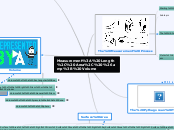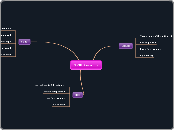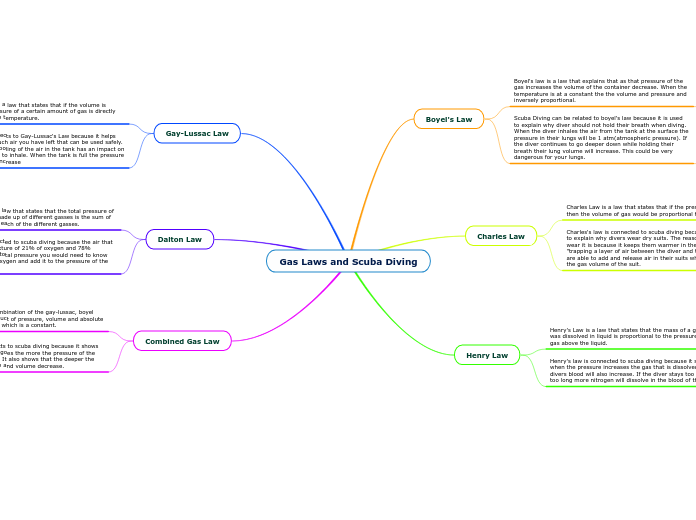Converse of the Pythagorean Theorem
Let a triangle have sides of length a, b, and c. If a^2 + b^2= c^2, then the triangle is a right triangle and the angle opposite the side of length c is the right angle.
The Addition Property of Area
If a region R is dissected into nonoverlapping subregions A, B, ..., F, then the area of R is the sum of the areas of the subregions:
area(R)= area(A) + area(B) + ... + area(F)
The Congruence Property of Area
If region R is congruent to region S, then the two regions have the same area:
area(R)=area(S)
Congruence of Two Regions in the Plan
If R and S are regions in the plane that have the same size and shape, then they are CONGRUENT and we use the ≅ symbol to write R≅S.
Practice Games!
Formulas & Examples
Practice Problems!
Measurement: Length, Area, & Volume
Surface Area
Surface Area of a Sphere
S=4(pi)r2
r represents radius, which is half of the diameter
Surface Area of a Right Circular Cone
SA=(pi)r2+(pi)rs
s represents the slant height
r represents the radius, which is half of the diameter
Surface Area of a Right Regular Pyramid
SA=B+1/2ps
s represents the slant height, since triangles do not have a line straight up and down.
p represents the perimeter of the triangle
Surface Area of a Right Prism or Right Cylinder
SA=2B+ph
h represents the height of the prism or cylinder
p represents the perimeter of each base
Volume
Volume is the amount of space that is enclosed inside a boundry. Finding this is important and useful if you want to find how much of something can be held within a boundry.
Volume of a Sphere
The volume of a sphere formula is:
V= 4/3(pi)r^3
This formula is usually the most confusing one to do. On your calculator you can use either the pi symbol or you can multiply it by 3.14. The "r" stand for radius, which is half of the diameter.
Volume of a Pyramid or a Cone
The volume of a pyramid or a cone formula is:
V= 1/3Bh
Volume of a General Prism
The the volume of a general prism formula is:
V=Bh
Volume of a Right Prism or a Right Cylinder
The volume of a right prism or a right cylinder formula is:
V= Bh
The B= to the area of the base
Volume of a Rectangular Box
The volume of a rectangular box has the formula of:
V=lwh
Area and Perimeter
Perimeter
If a region is bounded by a simple closed curve, then the PERIMETER of the region is the length of the curve. More generally, the PERIMETER of a region is the length of its boundry.
The Circumference of a Circle
Area
Let R be a region and assume that a unit of area is chosen. The number of units required to cover a region in the plane without overlap is the AREA of the region R.
Area of a Circle
Area of a Trapezoid
Area of a Triangle
Area of a Parallelogram
Area of a Rectangle
The Pythagorean Theorem
The sum of the area of the squares on the legs of a right triangle is equal to the area of the square on the hypotenuse.
The Measurement Process
The measurement process is an essential process in knowing the size of something. This process has a very long history in comparing what you have to a special size. Measurements have long been practices by comparing items to parts of your body.
Metric Units: The International System
The metric system of measurement originated in France around 1789. In many efforts to get the U.S. to use the system they failed (That is why we have our own system of measurements), but Great Britain, Canada, Australia, and New Zealand did adopt this system. There is a huge advantage to using the Metric System, as it is easy to campare due to the use of the powers of ten. Instead of going from inches to feet by adding a bunch of numbers, you move a decimal.
EX:
1234 km to 1.234 m
Metric Units of Length
The SI Decimal Prefixes
Kilo (10^3)
Hecto (10^2)
Deka/Deca (10^1)
Basic unit (10^0)
Deci (10^-1)
Centi (10^-2)
Milli (10^-3)
Micro (10^-6)
The U.S. System of Measures
Units of Capacity
Teaspoon
Tablespoon
Fluid Ounce
Cup
Quart
Gallon
Units of Volume
Cubic Inch
Cubic Foot
Cubic Yard
Units of Area
Square Inch
Square Foot
Square Yard
Acre
Square Mile
Units of Length
Inch
Foot
Yard
Rod
Furlong ("furrow long" has to do with Agriculture)
Mile
Subtopic
Starting the Process
(i) Choose the property, or attribute (such as length, area, volume, capacity, temerature, time, or weight), of an object or even that is to be measured.
(ii) Select an appropriate unit of measurement.
(iii) Use a measurement device to "cover", "fill", "time", or otherwise provide a comparison of the object with the unit.
(iv) Express the measurement as the number of units used.









